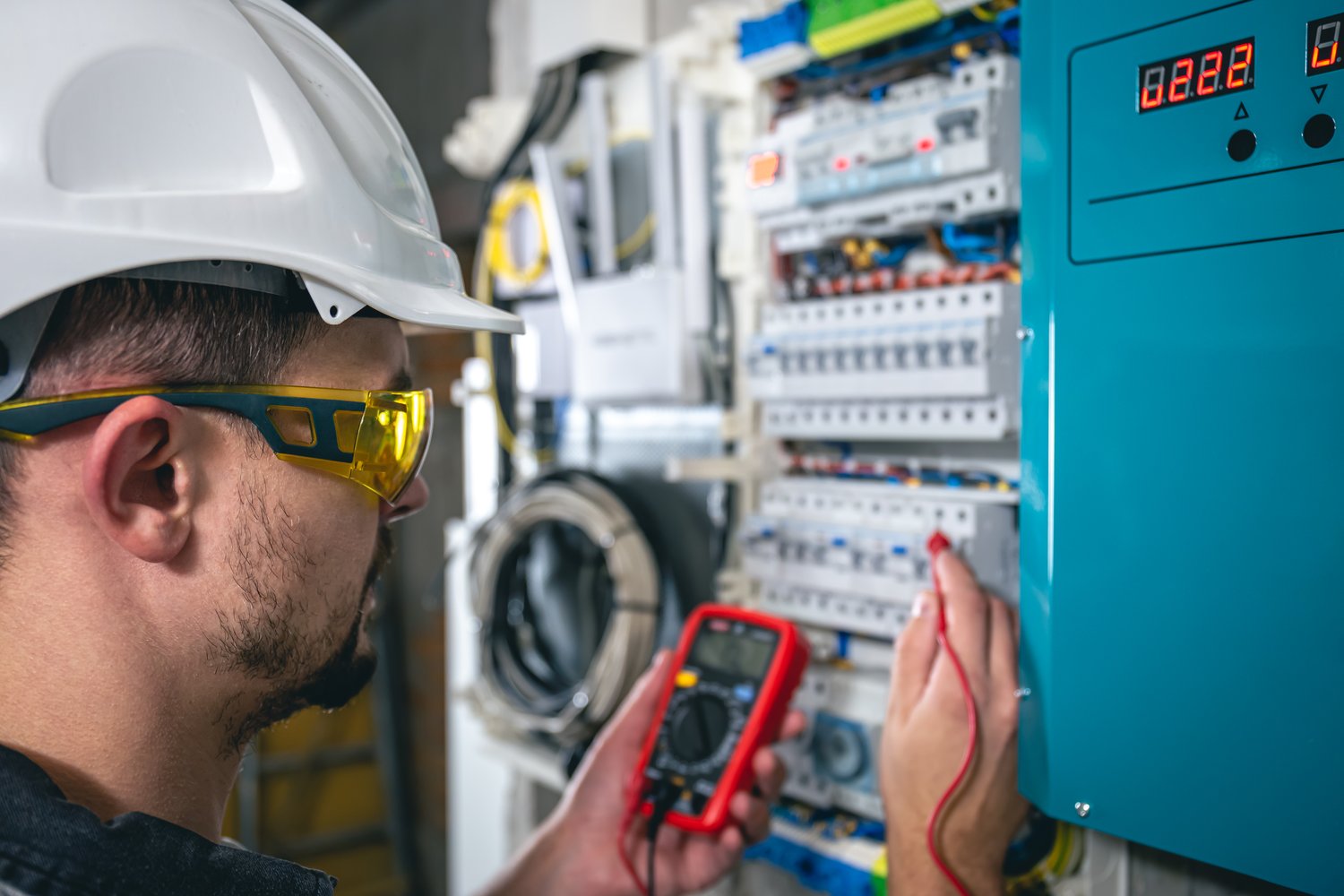Every year, countless homes suffer from devastating fires, often ignited by hidden electrical hazards lurking within the walls. Understanding home electrical safety is not just about protecting your property—it’s about ensuring the safety and well-being of your loved ones. As a certified electrician, I bring you key insights and practical advice on how to safeguard your home from electrical threats while also potentially lowering your insurance costs.
- Identifying Electrical Hazards: Learn how to spot the often-overlooked signs of electrical problems that might be a ticking time bomb in your living space.
- Common Sources of Electrical Fires: Delve into the most frequent causes of electrical fires and discover simple yet effective strategies to mitigate these risks.
- Implementing Preventative Measures: Find out how regular maintenance and safety device installations can act as a fortress against electrical hazards, aiding in insurance savings.
By equipping yourself with this essential knowledge, you not only protect your home but also invest in peace of mind for you and your family. Ready to make your home a safer place? Dive into the article to explore comprehensive safety measures tailored for every homeowner.
Identifying Electrical Hazards: Key to Ultimate Guide to Home Electrical Safety
Recognizing potential electrical hazards in your home is crucial for maintaining safety and preventing fires. Many homeowners often overlook signs of electrical issues, which can lead to significant risks if not promptly addressed.
Common indicators of electrical problems include flickering lights, frequent circuit breaker trips, and discolored outlets or switches. These signals should not be ignored, as they often point to underlying issues requiring immediate attention. Additionally, unusual burning smells or buzzing sounds near electrical equipment also suggest the presence of potential fire hazards.
Addressing these problems involves a series of strategic actions. Homeowners can start by performing regular inspections of electrical systems to identify worn-out wires or loose connections. It is also advisable to upgrade old or damaged outlets to safer, modern alternatives, ensuring they are grounded properly.
Furthermore, working with a certified electrician to assess and correct these issues can greatly minimize the risk of accidents. Professional assessments are invaluable in determining the safety and efficiency of your home’s electrical system.
Common Sources of Electrical Fires
Understanding the common causes of electrical fires is vital in creating a safer home environment. Faulty wiring tops the list, often resulting from age, wear, or poor initial installations. Overloaded circuits are another frequent culprit, often occurring when the demand for power exceeds the circuit’s capacity.
Outdated systems pose significant risks due to their inability to handle modern electrical loads, increasing the likelihood of fires. Homeowners should consider upgrading such systems to improve safety and efficiency.
To mitigate these dangers, it is essential to avoid overloading circuits by distributing electrical loads evenly. Moreover, replacing frayed wires and ensuring all electrical installations comply with current standards significantly enhances safety.
Certain preventative measures, such as installing circuit interrupters and using equipment designed to handle modern power demands, can effectively reduce the chances of electrical fires. By focusing on these essential steps, homeowners can enjoy peace of mind, knowing they’ve taken proactive measures to protect their households from electrical hazards.
Implementing Preventative Measures: Follow the Ultimate Guide to Home Electrical Safety
Ensuring your home’s electrical safety starts with proactive prevention. By incorporating regular maintenance routines and installing essential safety devices, you can significantly reduce the risk of electrical hazards. This not only protects your family but can also lead to lower home insurance premiums.
Regular electrical maintenance is a cornerstone of home safety. Begin by routinely checking the condition of your wiring system. Look for signs of wear like fraying or discoloration. Often, these can be early indicators of electrical problems. Replace any worn-out wires immediately to prevent potential hazards.
Overloaded circuits are a common cause of electrical fires. It’s important to distribute electrical load effectively. Avoid plugging too many devices into a single outlet. Use power strips with surge protection to manage multiple device outlets safely.
Installing ground fault circuit interrupters (GFCIs) in high-risk areas like kitchens and bathrooms is a critical preventative step. GFCIs detect imbalances in the electrical current and shut off power to prevent shocks, reducing the risk of fires and personal injury.
Another key measure is to upgrade old or outdated electrical systems. Older homes may have electrical panels that are no longer up to code. Consulting with a professional electrician to assess and update these systems can prevent dangerous scenarios.
To further enhance home safety, consider adding arc fault circuit interrupters (AFCIs). These devices reduce the risk of electrical fires by detecting dangerous arc faults. They automatically cut off the electricity before a fire can start.
Regularly test smoke alarms and carbon monoxide detectors as part of your electrical safety routine. These devices are crucial for early detection of fires and can be lifesavers in case of an emergency.
By adopting these preventative measures, you not only protect your home and loved ones but also appeal to insurance companies. Implementing strong electrical safety practices can be a point of negotiation for better premiums, leveraging your meticulous care to potentially decrease insurance costs.
Frequently Asked Questions about Home Electrical Safety
What are the signs of electrical hazards in the home?
- Flickering lights: This could indicate poor wiring or overloaded circuits.
- Burning smell: A persistent odor is a warning of possible electrical issues.
- Warm outlets: Outlets or switches that are hot may suggest a problem with wiring.
How can I prevent overloaded circuits?
Avoid plugging too many appliances into one outlet and ensure your circuits are adequate for your electrical needs.
What should I do if I suspect faulty wiring?
Contact a certified electrician to inspect the system. Do not attempt to fix it yourself as it can be extremely dangerous.
Are there devices to help prevent electrical fires?
- Smoke alarms: Install smoke detectors on every level of your home.
- Arc-fault circuit interrupters (AFCIs): These devices shut off electricity at signs of a dangerous arcing condition.
- Ground-fault circuit interrupters (GFCIs): Essential for areas with water to prevent electrical shock.
How does improving electrical safety lower insurance costs?
Insurance companies may offer lower premiums if you implement safety measures, as they reduce the risk of claims.





